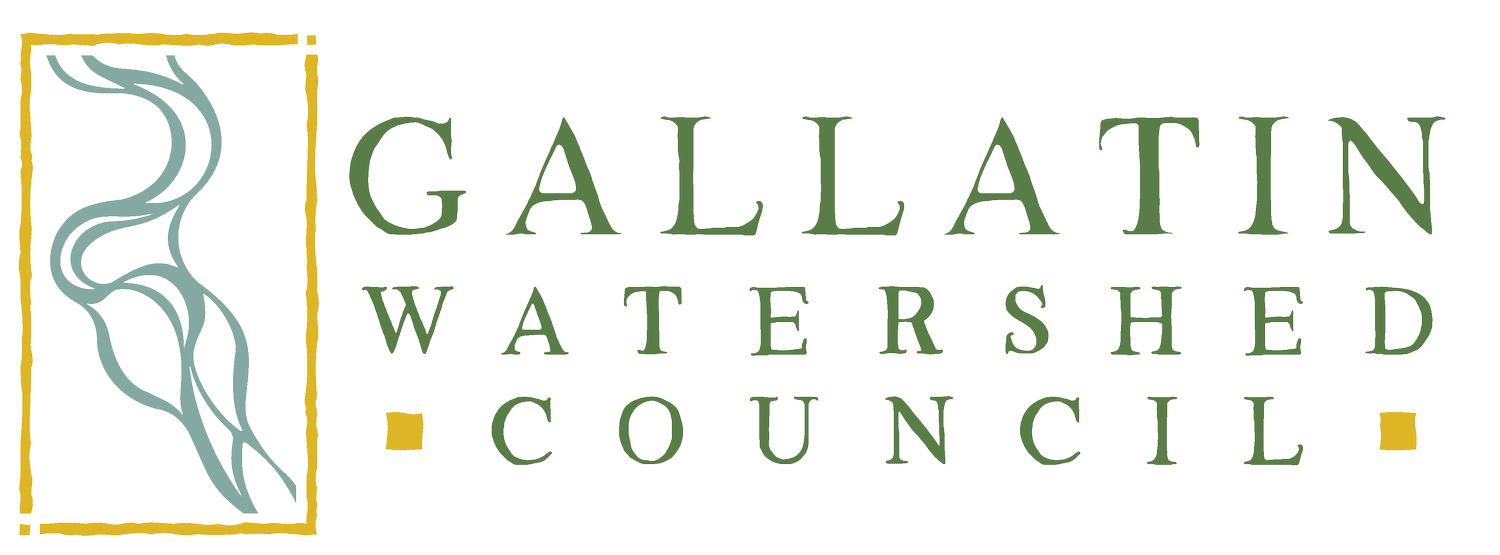
Watershed Concerns
Gallatin Watershed
Streams of Concern
Fifteen streams in the Lower Gallatin Watershed do not meet state water quality standards set by the Montana Department of Environmental Quality.
These streams are considered “impaired” because they contain sediment, nutrients, and/or E. coli at levels that impair the use of that water for beneficial purposes such as irrigation or recreation.
Check out the 2019/20 Surface Water Monitoring Network Watershed Health Summary here.

Water Quality Issues
Nutrients, sediment, and E. coli are the three water quality concerns in the Lower Gallatin Watershed.
Nutrients
Nitrogen and phosphorus are nutrients that are necessary for plant growth. However, high levels of these nutrients in streams cause algae blooms. Algae compete with native vegetation and decrease the amount of dissolved oxygen available for fish.
Excess nitrogen and phosphorus comes from fertilizers on lawns and farm fields, pet and livestock waste, and leaking septic systems.
We can reduce the amount of nutrients in these streams by:
managing fertilizer use
picking up pet waste
restricting livestock access to streams
maintaining septic systems
enhancing riparian vegetation and wetlands
Sediment
Sediment includes particles of sand, clay, and silt that are suspended in the water or settled on the stream bottom. While some sediment is natural in streams, excess sediment comes from erosion of stream banks and farm fields as well as stormwater runoff.
High levels of sediment smother the gravels where fish spawn and aquatic insects live. It also reduces the natural vegetation growing in the stream while increasing the amount of blue-green algae. Excess sediment increases the cost of treatment for drinking water.
We can reduce the amount of sediment in these streams by:
enhancing riparian vegetation and wetlands
restricting livestock access to streams
improving urban stormwater systems
E. coli
Bacteria such as E. coli enter waterways when fecal matter is washed into streams. These bacteria can come from wildlife, livestock, or pet waste as well as leaking septic tanks. Most bacteria are harmless, but viruses, protozoan, and other microbes associated with E. coli in fecal matter can cause illness in people and animals.
We can reduce this bacterial pollution in the Gallatin watershed by:
picking up pet waste
restricting livestock access to streams
maintaining septic systems

